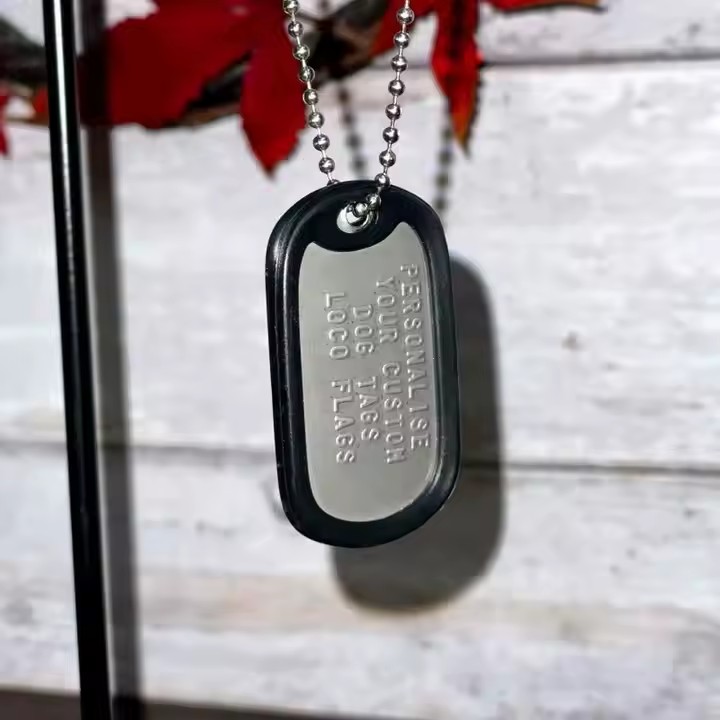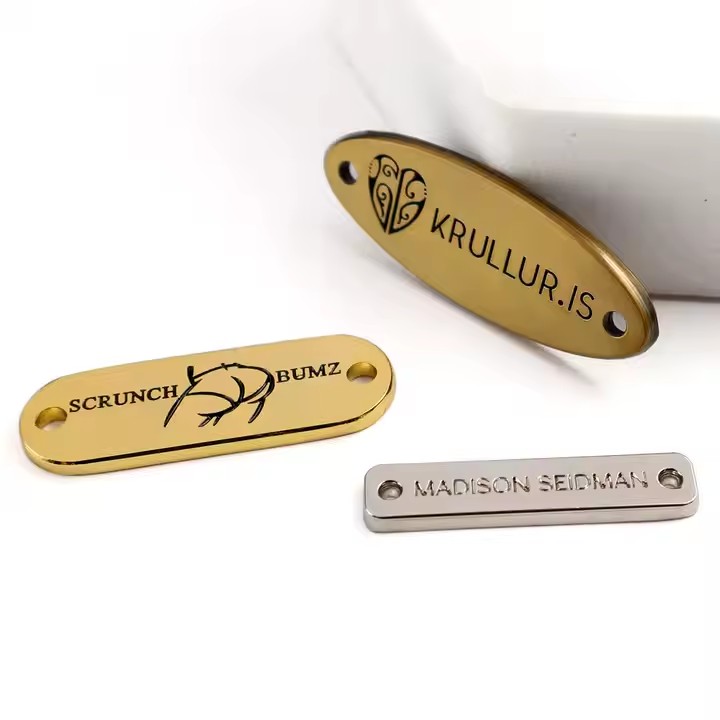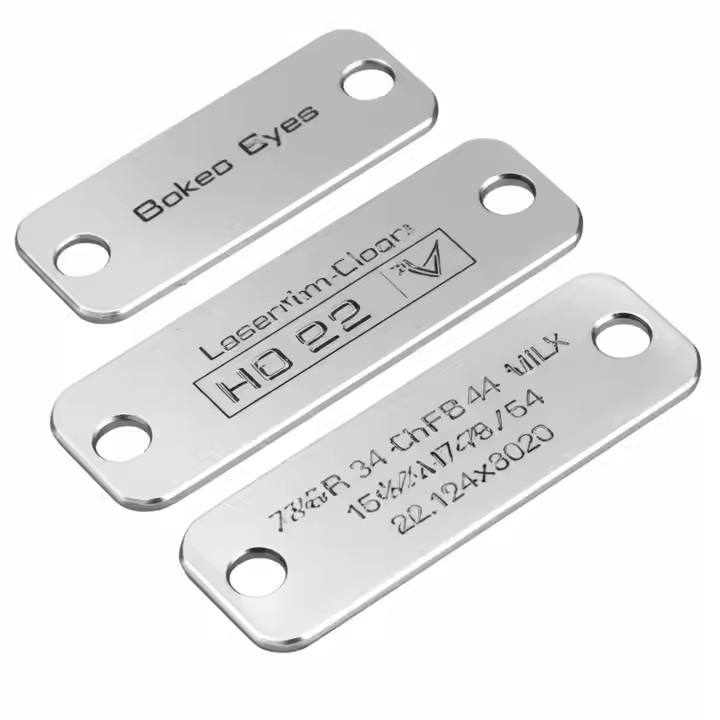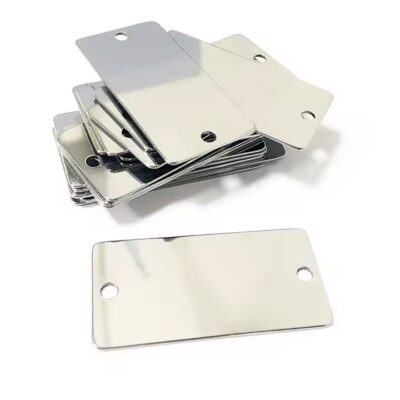
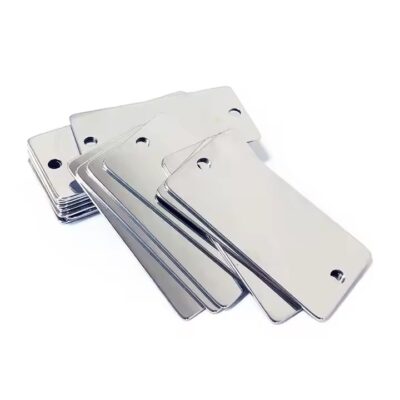
How to Laser Engrave on Blank Metal Tags: A Step-by-Step Guide
Laser engraving is a popular and precise method to customize blank metal tags, offering high durability and professional-quality results. Whether you are personalizing tags for industrial use, branding, or gifts, understanding the laser engraving process can help you achieve optimal outcomes. This guide covers the essential steps, equipment, and tips for laser engraving on blank metal tags.
Why Choose Laser Engraving for Metal Tags?
-
Precision and Detail: Laser engraving can produce intricate designs, fine text, and sharp lines.
-
Durability: The engraving is permanent and resistant to wear, corrosion, and fading.
-
Non-contact Process: No physical contact reduces the risk of damaging the tag.
-
Versatility: Works well on various metals such as aluminum, stainless steel, brass, and anodized surfaces.
Step 1: Prepare Your Design
-
Use vector graphic software like Adobe Illustrator or CorelDRAW to create or edit your design.
-
Ensure the design is clear, with high contrast between engraved and non-engraved areas.
-
Convert text to outlines to avoid font issues during engraving.
Step 2: Choose the Right Blank Metal Tag
-
Select metal tags compatible with laser engraving, such as anodized aluminum or stainless steel.
-
Ensure the surface is clean and free from oil, dust, or debris for the best engraving quality.
Step 3: Set Up the Laser Engraving Machine
-
Choose a laser engraver suitable for metal, commonly fiber lasers for stainless steel or CO2 lasers with marking additives for aluminum.
-
Adjust settings such as power, speed, frequency, and focus according to the metal type and thickness.
-
Conduct test engravings on sample tags to optimize settings.
Step 4: Position and Secure the Tags
-
Place blank metal tags firmly on the engraving bed or fixture to avoid movement.
-
Align the tags properly using machine guides or templates to ensure consistent engraving placement.
Step 5: Execute the Engraving Process
-
Start the engraving operation and monitor the process to prevent errors.
-
Avoid overheating by adjusting laser parameters, which can cause discoloration or warping.
Step 6: Post-Engraving Inspection and Cleaning
-
Inspect the engraved tags for clarity, depth, and completeness.
-
Clean the tags with a soft cloth to remove any residue or debris.
Tips for Best Results
-
Use High-Quality Tags: Tags with smooth, uniform surfaces provide better engraving outcomes.
-
Optimize Design Contrast: Simple, bold designs engrave clearer than overly detailed images.
-
Test Different Settings: Each metal type reacts differently; always perform test runs.
-
Consider Protective Coatings: Anodized tags retain contrast better after engraving.
-
Maintain Equipment: Regular cleaning and calibration of the laser machine ensure consistent quality.
Conclusion
Laser engraving on blank metal tags is a highly effective way to create durable, professional, and customized labels for various applications. By preparing your design carefully, selecting the right materials, and fine-tuning laser settings, you can achieve precise and lasting engravings. Whether for industrial labeling or personalized products, laser engraving adds value and clarity to your blank metal tags.

